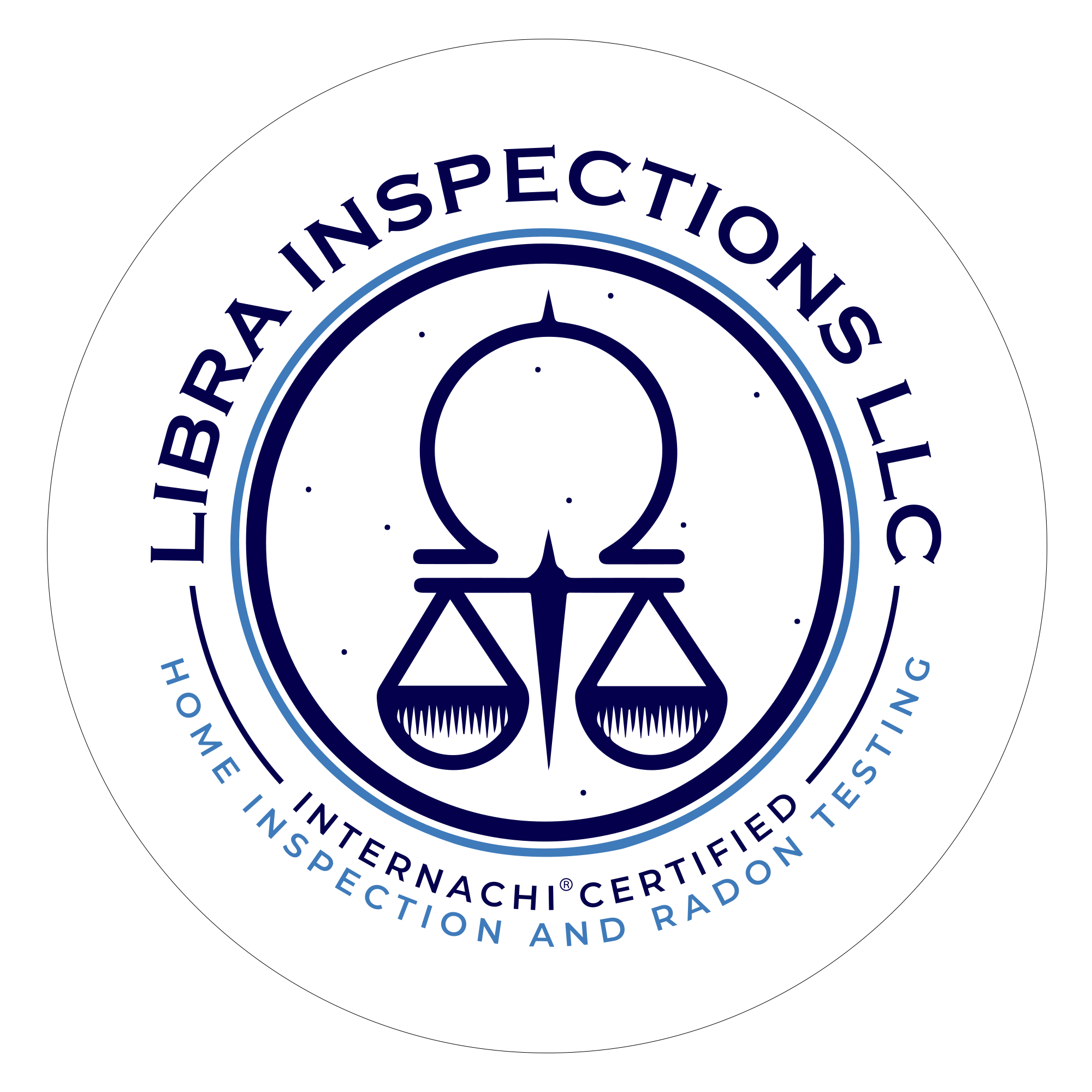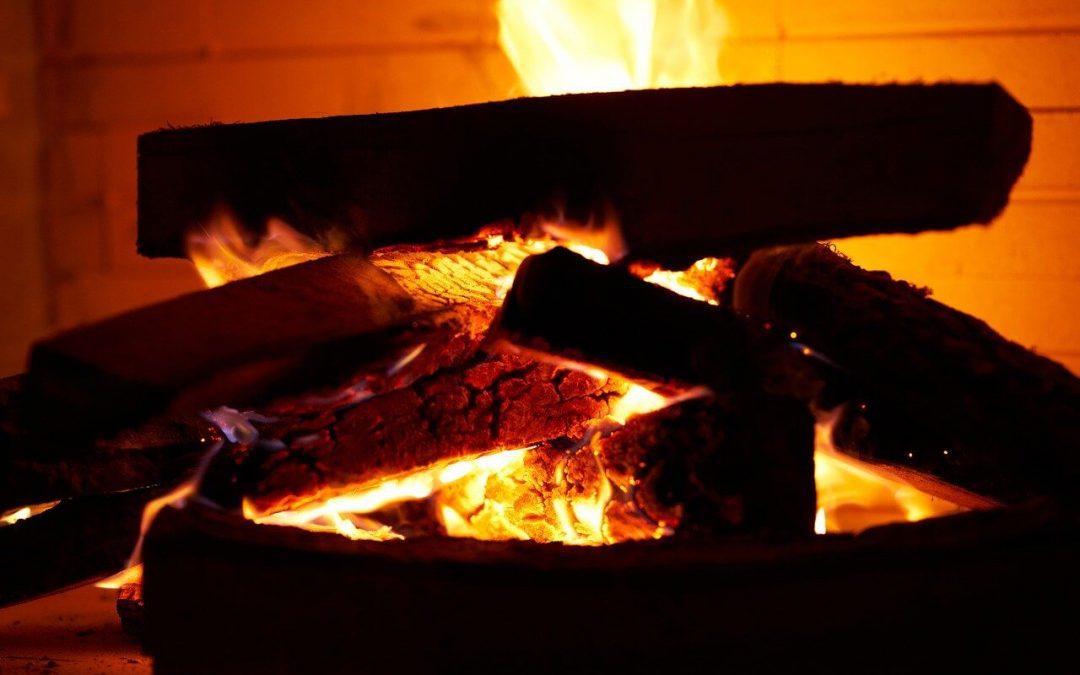Keep Your Fireplace Safe for Your Family
Fireplaces provide warmth and comfort when it’s cold. But they can become a safety hazard if they aren’t well maintained. That’s why it’s essential to make sure they’re in good working condition. Before lighting a fire, use these fireplace safety tips to keep your home, and everyone in it, safe.
Inspect the Fireplace and Chimney
Before you use the fireplace this year, have it inspected by a professional chimney sweep. A chimney inspection is recommended at least once a year and may uncover issues that could become hazards in the future.
A professional chimney sweep will remove creosote and other debris that could lead to chimney fires. He or she will know if your chimney is working correctly and can look for problems or issues that might be dangerous.
Use a Chimney Cap for Fireplace Safety
Debris and pests reduce the efficiency of your fireplace and create safety hazards if they become lodged in your chimney. A chimney cap enhances safety by keeping leavings, twigs, and animals out. Install one If you don’t already have a chimney cap, or replace the cap if it has been damaged.
Keep Flammable Materials Away
Keep the area around your fireplace clear, and don’t put furniture or other flammable items near the hearth. Draperies, carpets, rugs, and furniture may catch fire if a loose ember floats out of the fireplace. Using a fireplace screen will increase safety by preventing embers from traveling outside of the firebox.
Never Leave Fires Unattended
Don’t leave a fire unattended. Always have an adult present to watch the flames. Double-check that the fire has been extinguished before going to bed or leaving the house.
Use the Right Fuel for Fireplace Safety
Burn only well-seasoned wood in your fireplace. Don’t use accelerants like gasoline, kerosene, or lighter fluid to start the fires. These chemicals emit toxic fumes and can lead to an uncontrollable blaze that can jeopardize your safety.
Additionally, choose the right wood to build a fire. Hardwoods like oak are better than softwoods because they burn slower and produce less creosote. Be sure that the wood you burn has been properly seasoned. Wood seasoned for six months to a year will burn better and produce less smoke because the moisture content is low.
Empty Ashes Regularly
While they may look harmless, ashes are a hazard as long as they’re still burning. Once ashes have cooled, sweep them up and place them in a metal container where they can cool for a few more days. After they have cooled completely, dispose of them properly. Fireplace safety is necessary even when a fire isn’t actively burning.
Install a Carbon-Monoxide Detector
Carbon monoxide is an odorless gas produced by burning fuel. Poor ventilation will cause this gas to accumulate indoors, making for a dangerous situation for your family. A carbon monoxide detector is essential to fireplace safety because it will alert you if the gas is present in your home. If the alarm sounds, move your family outdoors for fresh air.
Having a Fire Extinguisher Promotes Fireplace Safety
Observing fireplace safety will help prevent a fire from breaking out, but if there’s a fire, you’ll need to be prepared. Always have a fire extinguisher within reach and make sure you know how to use it.
Libra Inspections offers home inspection services in Central Illinois. If you’re buying or selling a home, contact us to schedule an appointment.

